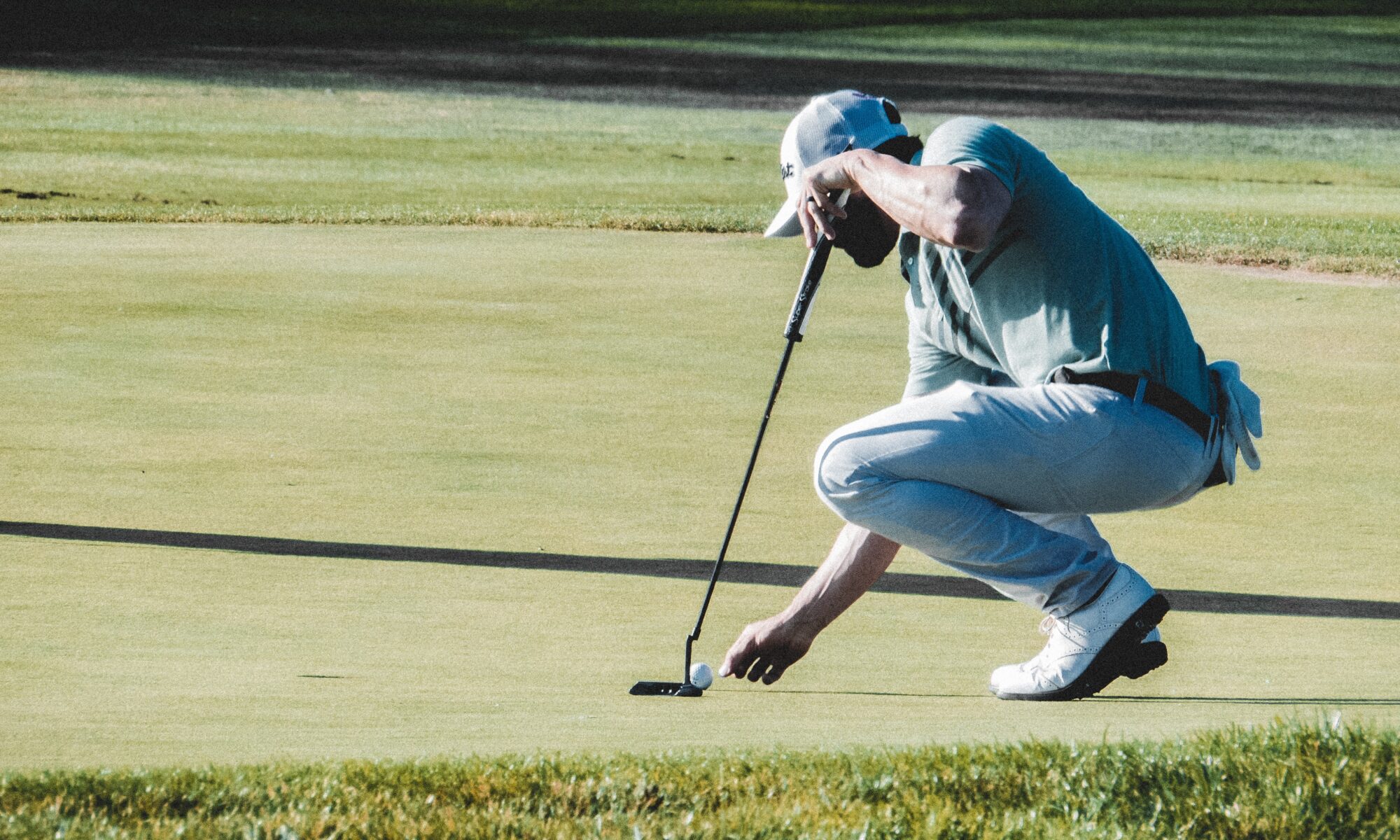By PGA.com and Kevin Cotter, PGA
What to Expect During a Round of Golf: From Start to Finish
Arrival:
- If caddies are available, remember that caddie programs provide young people with a chance to earn money and gain exposure to a sport that can positively shape their character.
- A good caddie can enhance your experience by offering tips that might help lower your score. They provide information on yardage, club selection, reading greens, and understanding the course layout.
Warm-Up:
- Arrive early enough to give yourself time to warm up properly.
- Start with your short irons, then move to mid and long irons, and finish with your woods.
- End your warm-up by hitting a few soft wedge shots, then practice a few putts on the green.
- Avoid hitting too many balls and tiring yourself out before the round.
First Tee:
- Check the scorecard for local rules specific to the course.
- If your playing partners suggest a match, ensure everyone is comfortable with the stakes.
- Mark your ball with an identifying mark and let the other players know what ball you’re using.
Avoiding Slow Play:
- Keep pace with the group ahead of you by walking at a reasonable speed between shots.
- Plan your next shot as you approach the ball by considering the wind and course layout.
- When it’s your turn, check the lie, choose your club, visualize the shot, and play it. This process should take no more than 30-45 seconds.
- If you’re not ready when it’s your turn, encourage another player to go ahead.
Maintaining the Course:
- Replace your divots. If you can’t replace the divot, either use the toe of your shoe to smooth the edges or fill it with a soil/seed mix provided by the course.
- Always bring a rake into the bunker, entering from the low side nearest the ball. After your shot, rake the area and any footprints, leaving the rake near the bunker.
- Repair any pitch marks on the green using a tee, knife, or repair tool by gently pushing the edges toward the center and smoothing them with your foot or club.
- Remember, while you can repair pitch marks on your putting line, spike marks must be left alone until after you putt.
On the Green:
- Avoid stepping on another player’s putting line, the imaginary line between their ball and the hole.
- If your ball is in someone’s line, offer to mark it with a small coin or plastic marker.
- If you’re asked to tend the flagstick, ensure you’re not standing on anyone’s line. Hold the flagstick at arm’s length so it doesn’t flutter and cast shadows, and remove it carefully after the player putts.
- Lay the flagstick off the green to avoid damaging it. The player closest to the hole usually tends the flagstick.
- After everyone finishes putting, walk directly to the next tee.
Miscellaneous:
- Play a provisional ball if your tee shot goes into the woods or might be out-of-bounds. You have five minutes to search for the original ball once you reach the area. If not found, continue with the provisional, incurring a one-stroke penalty.
- If you find your original ball in-bounds, continue playing it and pick up your provisional.
- Out-of-bounds balls result in a penalty of stroke and distance.
- Never hit if there’s a chance of reaching the group ahead. If a shot might hit others, yell “fore” immediately and apologize if your ball lands near anyone.
- Displays of frustration are fine but avoid temper tantrums like yelling or throwing clubs. It’s unsafe and unsportsmanlike.
- Learn and understand the basic Rules of Golf, such as out-of-bounds, lost balls, unplayable lies, cart paths, and water hazards.
- If your group stops for refreshments at the turn (after nine holes) or at the end of the round, offer to pay, especially for the caddies. Whoever buys at the turn shouldn’t be expected to pay at the end of the round.
- Finally, shake hands with your fellow players, congratulate the winners, and thank everyone for their company. At the end of the day, the real joy of golf is the time spent with friends, old or new.
For a complete discussion of the Rules of Golf, visit the USGA’s web site.


